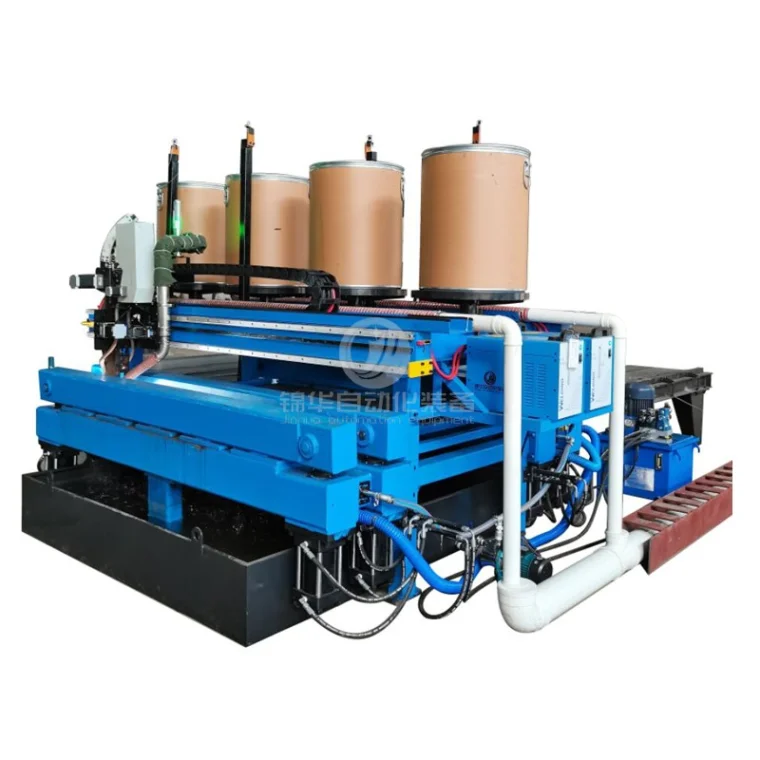In the realm of synthetic fabrics, polyester and nylon are two of the most commonly used materials. Both have revolutionized the textile industry with their durability, versatility, and affordability. However, as the global consciousness shifts towards sustainability and environmental responsibility, the question arises: Is polyester or nylon worse for the environment? This article aims to dissect the environmental implications of both materials, exploring their production processes, biodegradability, and overall ecological footprint.
The Production Process: A Tale of Two Fibers
Polyester Production
Polyester is primarily derived from petroleum, a non-renewable resource. The production process involves the polymerization of ethylene glycol and terephthalic acid, which are both petroleum-based. This process is energy-intensive and contributes significantly to greenhouse gas emissions. Furthermore, the extraction and refining of crude oil can lead to environmental degradation, including habitat destruction and water pollution.
However, it’s worth noting that recycled polyester, made from post-consumer plastic bottles, has gained popularity as a more sustainable alternative. This process reduces reliance on virgin petroleum and diverts plastic waste from landfills. Nevertheless, the recycling process itself still consumes energy and may not completely eliminate the environmental impact.
Nylon Production
Nylon, on the other hand, is produced from petrochemicals through a process that involves the polymerization of hexamethylenediamine and adipic acid. Similar to polyester, nylon production is energy-intensive and contributes to carbon emissions. Additionally, the production of nylon can release nitrous oxide, a greenhouse gas that is significantly more potent than carbon dioxide.
While there are bio-based nylons made from renewable resources, such as castor oil, these alternatives are not yet widely adopted and still require energy-intensive processes for production.
Biodegradability: The Long-Term Impact
One of the most pressing concerns regarding synthetic fabrics is their biodegradability. Both polyester and nylon are not biodegradable, meaning they can persist in the environment for hundreds of years. This poses a significant threat to ecosystems, particularly in marine environments where microplastics from these fabrics can accumulate.
Polyester and Microplastics
When washed, polyester garments shed microfibers that can enter wastewater systems and ultimately reach oceans and rivers. These microplastics are ingested by marine life, leading to bioaccumulation and potential entry into the human food chain. While some initiatives aim to develop filters for washing machines to capture these microfibers, the problem remains significant.
Nylon and Environmental Persistence
Nylon also contributes to the microplastic problem, though its degradation process is slightly different. Nylon fibers can break down into smaller particles over time, but they still contribute to the overall microplastic pollution in the environment. The persistence of both materials in ecosystems raises concerns about their long-term impact on biodiversity and human health.
Water Usage and Pollution
Another critical aspect of environmental impact is water usage and pollution during the production of these fabrics. The dyeing and finishing processes for both polyester and nylon require substantial amounts of water, often leading to water scarcity in regions where these processes take place. Additionally, the chemicals used in dyeing can contaminate local water supplies, affecting both human populations and wildlife.
Conclusion: Weighing the Environmental Costs
In the debate of whether polyester or nylon is worse for the environment, it is evident that both materials have significant ecological footprints. Polyester, particularly in its recycled form, offers a slightly more sustainable option compared to virgin polyester and nylon. However, both fabrics contribute to microplastic pollution and are non-biodegradable, posing long-term risks to the environment.




More Stories
Sneaker Care for Beginners: Simple Steps to Make Your Shoes Look Like New
Chunky Shoes for Small Feet: Finding the Perfect Fit
Synthetic Imitation Leather Fabric Benefits, Uses & Buying Tips